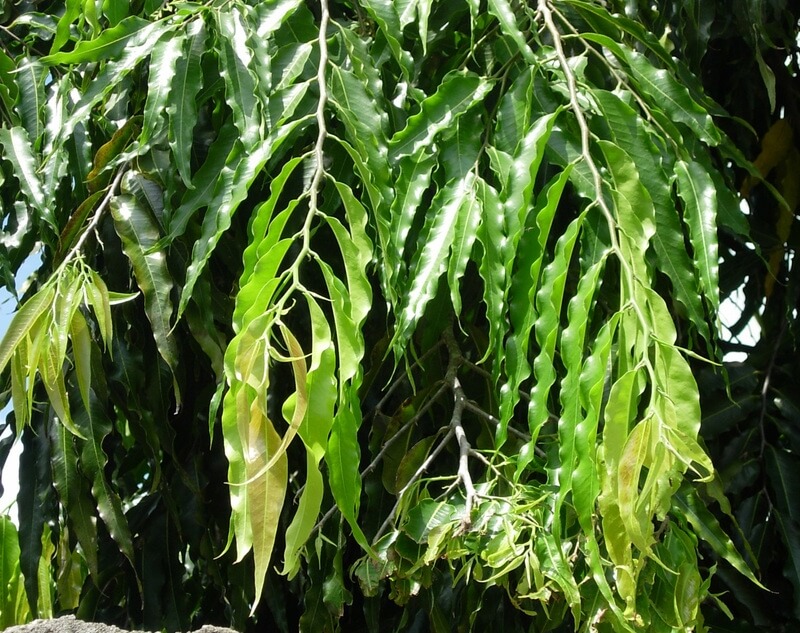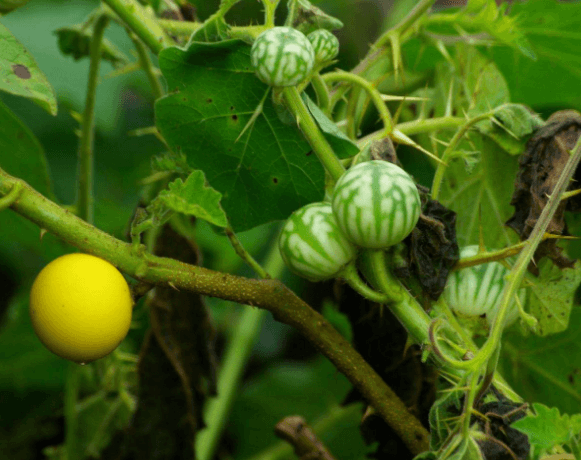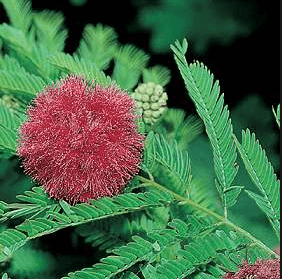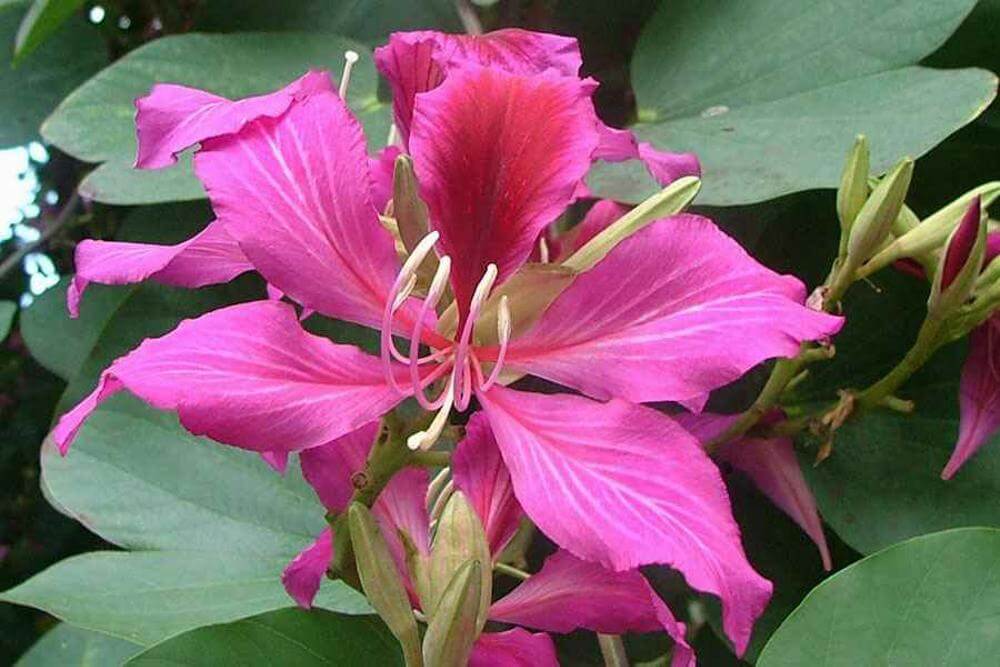Ashoka Tree Medicinal Benefits

Ashoka Tree Medicinal Benefits
Botanical Name-Saraca asoca
Common Name-Ashok
Family—Leguminosae (Shimbi kul)
Habit—Evergreen tree, 25-30 ft. in height.
Properties-
“Ashokah shitalastikto grahi barnyah kashayakah Dosapachi trisadaha krimi sosa bisasrajit. —Bha. Pra.
Property—Lightness, dryness
Taste—Fragrant, bitter
Potency—Cooling
Metabolic Property—Pungent
Specific Property-
- Kaph-Pitta-samak
- Complexion promotor
- Anti-thirst drug
- Refrigerant
- Anthelmintic
- Antidote
- Blood-purifier
Parts Used-Bark, Seed, Flower
Description-The ashok is an evergreen tree. Its original distribution was in the central areas of the Deccan plateau, as well as the middle section of the Western Ghats in the western coastal zone of the Indian Subcontinent.
The ashok is prized for its beautiful foliage and fragrant flowers. It is a very handsome, small, erect evergreen tree, with deep green leaves growing in dense clusters.
Its flowering season is around February to April. The ashok flowers come in heavy, lush bunches. They are bright orange-yellow in colour, turning red before wilting.
As a wild tree, the ashok is a vulnerable species. It is becoming rarer in its natural habitat, but isolated wild ashok trees are still to be found in the foothills of central and eastern Himalayas, in scattered locations of the northern plains of India as well as on the west coast of the Subcontinent near Bombay.
There are a few varieties of the ashok tree. One variety is larger and highly spreading. The columnar varieties are common in cultivation.
The ashok tree is considered sacred throughout the Indian subcontinent, especially in India and Sri Lanka. This tree has many folkloric, religious and literary associations in the region. Highly valued as well for its handsome appearance and the colour and abundance of its flowers, the ashok tree is often found in royal palace compounds and gardens as well as close to temples throughout India.
The ashok tree is closely associated with the Yakshi mythological beings. One of the recurring elements in Indian art, often found at gates of Buddhist and Hindu temples, is the sculpture of a Yakshi with her foot on the trunk and her hands holding the branch of a flowering ashok tree. As an artistic element, often the tree and the Yakshi are subject to heavy stylization. Some authors hold that the young girl at the foot of this tree is based on an ancient fertility symbol.
The ashok tree has a symbolic importance in Buddhism. Queen Maya of Sakya is said to have given birth to the Buddha under an ashok tree in a garden in Lumbini. According to tradition, the queen walked in the garden until she came to an ashok tree to take a rest. Then the tree magically bent down for her and she grasped a branch. At that moment the Buddha emerged from her right side.
Yakshis under ashok trees were also important in early Buddhist monuments as a decorative element and are found in many ancient Buddhist archaeological sites. With the passing of the centuries the yakshi tinder the ashok tree became a standard decorative element of Hindu Indian sculpture and was integrated into Indian temple architecture as salabhanjika, because there is often a confusion between the ashok tree and the sal tree (Shorea robusta) in the ancient literature of the Indian Subcontinent.
This tree is also regarded with veneration in Jainism. In the Jain tradition Mahavira is said to have renounced the world under this kind of tree in Vaishali.
In Hinduism the ashok is considered a sacred tree. Not counting a multitude of local traditions connected to it, the ashok tree is worshipped in Chaitra, the first month of the Hindu Calendar. It is also associated with Kamadeva, the Hindu god of Love, who included an Ashok blossom among the five flowers in his quiver. Hence, the ashok tree is often mentioned in classical Indian religious and amorous poetry, having at least 16 different names in Sanskrit referring to the tree or its flowers.
In Mahakavya, or Indian epic poetry, the ashok tree is mentioned in the Ramayana in reference to the Ashok Vatika (garden of Ashok trees) where Hanuman first meets Sita.
Dosage—
Decoction -50-100 ml.
Powder -3-5 gms.
Uses-
- In Meno-metrorrhagia, Leucorrhoea, Dysmenorrhoea & other Uterine disorders-One should take milk boiled with the decoction of Ashok bark.
- In Intrinsic haemorrhage-Ashok flowers are used.
- Ashok seed taken with water alleviates suppression of Urine & Calculus.
- One should use it in cased of burning sensation.





